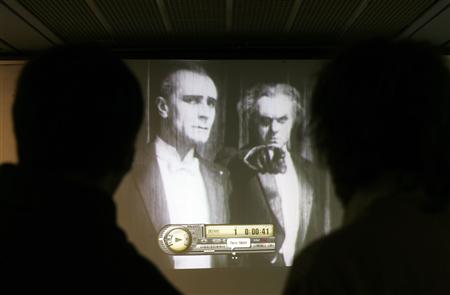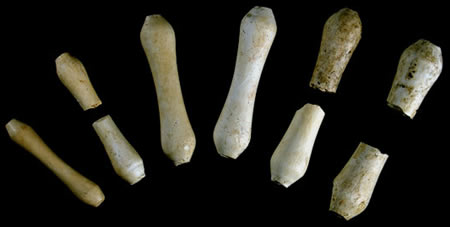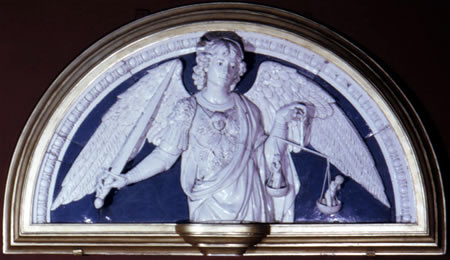The Italian government has declared Pompeii, the Roman town destroyed once by the eruption of Vesuvius and now again by 250 years of crappy excavation/looting/tourist hoards, in a state of emergency.
Archaeologists and art historians have long complained about the poor upkeep of Pompeii, dogged by lack of investment, mismanagement, litter and looting. Bogus tour guides, illegal parking attendants and stray dogs also plague visitors. […]
The “state of emergency”, which the government said would last for a year, allows for extra funds and special measures to be taken to protect the site.
“Every year at least 150 square metres of fresco and plaster work are lost for lack of maintenance,” Antonio Irlando, a regional councillor responsible for artistic heritage, told the newspaper.
“The same goes for stones: at least 3,000 pieces every year end up disintegrating,” he said.
A third of the town is still underground, lucky bugger. Had it been excavated it would be as hosed as the rest of the site, and it can’t be excavated because it is currently covered by garbage from Naples, currently mired in a refuse crisis.
I’ve been reading a book about Pompeii over the past week, a lovely glossy book with all the latest finds and gorgeous pictures. It’s amazing how often they describe something that was excavated years ago and now only exists in some Grand Tour watercolors and journals, or described in 100-year-old books.
Here’s an example to chill your bones. To the left is a painting of a wall fresco of Venus from when it was found in the House of the Vestal Virgins in the 18th century. On the right is what is left of that wall fresco today.
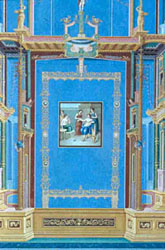
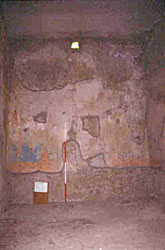
Like a kick in the groin, ain’t it?
Don’t even get me started on that bastard Charles III, Bourbon king of Naples and Spain, who brutally mined the site for his personal collection after its rediscovery in 1748, even going so far as to knock down frescoed walls that were not deemed good enough to steal for his personal museum.
Pompeii has been looted pretty much non-stop since that day, and earlier by locals who knew where it was. Even as I type someone is tunneling in with a chisel and stripping entire walls of frescoes off to sell to art dealer pieces of shit like Giacomo Medici and Bob Hecht, may they rot in jail for seculum seculorum amen.
Here’s hoping the extra money this state of emergency declaration brings with it will help stem the tide of destruction. I can’t say I’m hugely optimistic at this point.
(For more on the neato photomontage above, visit Pompeii – A Different Perspective.)

